One great pioneer of British motor racing is one who sadly is not too well known any more: Selwyn Francis Edge.
Born near Sydney, Australia in 1868, he and his parents moved to London when he was three years old. He became a keen cyclist and was talented enough that, aged just 23, he joined the England team for the inaugural Paris-Bordeaux race. He came third.
His fame naturally found him employment within the burgeoning bicycle industry. While working for Dunlop, he was one of the earlier adopters of the new motor car, buying a De Dion-Bouton in 1896.
Edge's passion for cycling had also led him to become friends with Montague Napier, of the Napier engineering company.
Edge had been bitten by the automotive bug, so he asked his friend to fit his ex-racing Panhard with a Napier engine and to replace its tiller with a new-style steering wheel, bringing the Napier name into the car world.
In 1900, now an established importer and seller of French cars, he realised from seeing the genesis of motorsport across the channel the marketing value of racing.
So he entered the Thousand Miles Trial – from Newbury to Edinburgh and back – with a Napier car, winning in his class and being one of just 12 drivers (from 64) to be classified.
What could be better publicity, though, than a world cup for cars? That was essentially the idea of the Gordon Bennett Cup, which was run by an American newspaper magnate.
After a cancelled entry in 1901 due to worries over the mandatory tyres, Edge duly won the 1902 race, as his two British and three French rivals retired, with his 40hp special completing the 351-mile rally in just over 11 hours.
The old maxim goes 'win on Sunday sell on Monday' and indeed it's reported that Napier sales in France and British exports across the channel both tripled. After this, Edge became sales manager for the firm.

His greatest achievement, however, came in the summer of 1907, when he christened Britain's first dedicated racing track by breaking the 24-hour endurance record, which had been set at 1094 miles by a National car at Indianapolis in the US, doing 1582 miles.
Set up at Brooklands, reported Autocar, were "a small tent for the drivers, a couple of small cranes on wheels, stacks of Dunlop tyres mounted on detachable wire wheels and enough Shell petrol in tins to fill a small lake".
This was in addition to not just Edge's 60hp six-cylinder Napier but also a pair of near-identical two-seaters that were to follow him (each with two drivers doing three-hour shifts) and no fewer than seven spare cars.
Edge had also been wise to construct a small adjustable glass screen to protect himself from the elements.
An average of 60mph was the target, and "as the cars went under the bridge, one could appreciate in a moment that their speed was higher than that of most express trains."
"The first two hours were practically without incident," we continued. Edge pulled over for water after two hours but then didn't need to do so again for another eight.

"As the dusk failed and night came on, the appearance of the track was most remarkeble. Round the top edge were placed Wells lights [a type of paraffin-fuelled blowlamp] with a screen behind each, so that the drivers never drove against the light.
"Along the centre of the track was a line of storm lamps, these being placed on the lane at which the track is measured, the drivers running outside them to ensure the full distance being covered.
"On the smaller of the two curves, the track is higher than the ground at the inside, so to prevent the possibility of an accident this portion was lined out with fairy lamps."
So sufficient was this arrangement that, to our disappointment, the cars' headlights didn't need to be used.
"The effect of the sustained speed on the tyres began to be apparent after 350 miles. It should be understood that no tyres were changed on the cars. Whenever a tyre gave out, the detachable wire wheel was taken off and a duplicate wheel with tyre inflated was put on in its place."
Twenty-four wheels were changed (each took about half a minute if no petrol or oil was also required). This use of detachable wire wheels, rather than the usual wooden items, not only saved Edge some 7min per pitstop but also prevented possible total failure when, as happened a few times, the tyre was shorn from the rim.
We continued: "Taken altogether, the whole event was a remarkable one. It broke entirely new ground. The organisation was excellent; the running of the cars extraordinary; and the endurance of Edge equally marvellous.

"As to the cars, beyond replenishment with water, petrol and oil, they ran through without any mechanical derangement, with the exception of the red car, which broke a rear spring. On one of the pacing cars, too, it's stated a cylinder was cracked owing to the water level having been allowed to get too low.
"When Edge passed the 1440th mile at 21hr 45min, there was much cheering, and the greatest enthusiasm was exhibited when he dismounted at the close of the 24 hours.
"At the finish, all the drivers received an ovation, and Edge had some difficulty in extricating himself from his admirers and friends; everyone wanted to congratulate him and shake him by the hand."
The record went on to stand for 18 years, with Edge himself failing to beat it in 1908.
The Londoner was a guarded character, but a "soft place in his heart for his ancient friends of cycling days long past" enabled us an interview at his offices a few days later.
Autocar: "It doesn't seem to have been such an impossible taking after all, then, Mr Edge."
Edge: "No, oh no."
"Didn't you find it frightfully slow, or at least monotonous?"
"Not a bit. Quite the reverse, I assure you. I was astonished at the way the miles piled up. When Mr Ebblewhite came out to clock the total of the thousand miles I was quite surprised!"
"But didn't you feel fagged at any part of that flying trip?"
"No, never once, and as a matter of fact, I was only a little stiff and bruised when I finished. I took no solid food whatever, but kept myself going upon cocoa, beef tea, bananas and grapes."
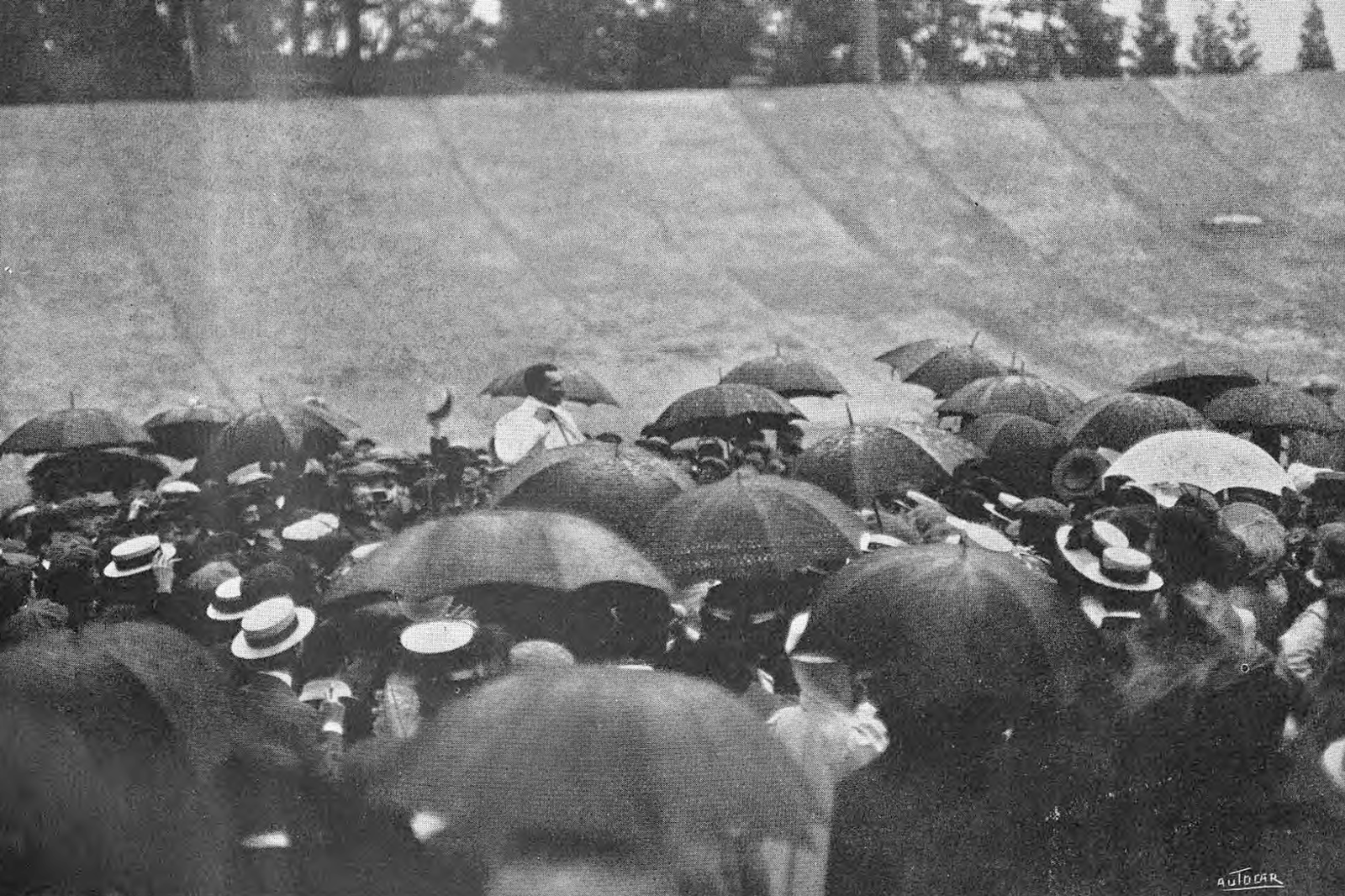
"Did you feel that the concave super-elevation of the banks made the car self-steering round the curves?"
"Oh no, I had to steer round the curves; the car required holding on to its course.
"Did you feel inclined to sleep during the drive?"
"Oh no, not at all, but I turned in at 9pm on Saturday after a light meal and slept like a top."
As for Brooklands itself, Edge noted that "a car that proves itself a great car on that track will assuredly show itself a great car on the road, but a car that at present we think is all that is desirable on the road will not show to much advantage over that stretch of cement".
He added that "to race cars at 120mph at Brooklands", as had been popularly suggested, "is asking for accidents of a most frightful charcter", saying that cars limited to 80mph "would be safe and every bit as thrilling, entralling, exciting and instructive".
Napier dominated the first two years of racing at Brooklands under Edge's guidance, before he withdrew from racing entirely in 1908 following a quarrel with the French over his use of detachable wire wheels. Four years later, he fell out with his old friend Montague over company policy and sold his sales firm for £120,000 (the equivalent of £13 million today!) on the proviso he stayed away from the car industry for seven years.
He went off to become a pig farmer in Sussex and, after a failed stint owning AC in the 1920s, retired altogether. He died in 1940, aged 71.
READ MORE
From the archive, 1904: The first race on the Isle of Man

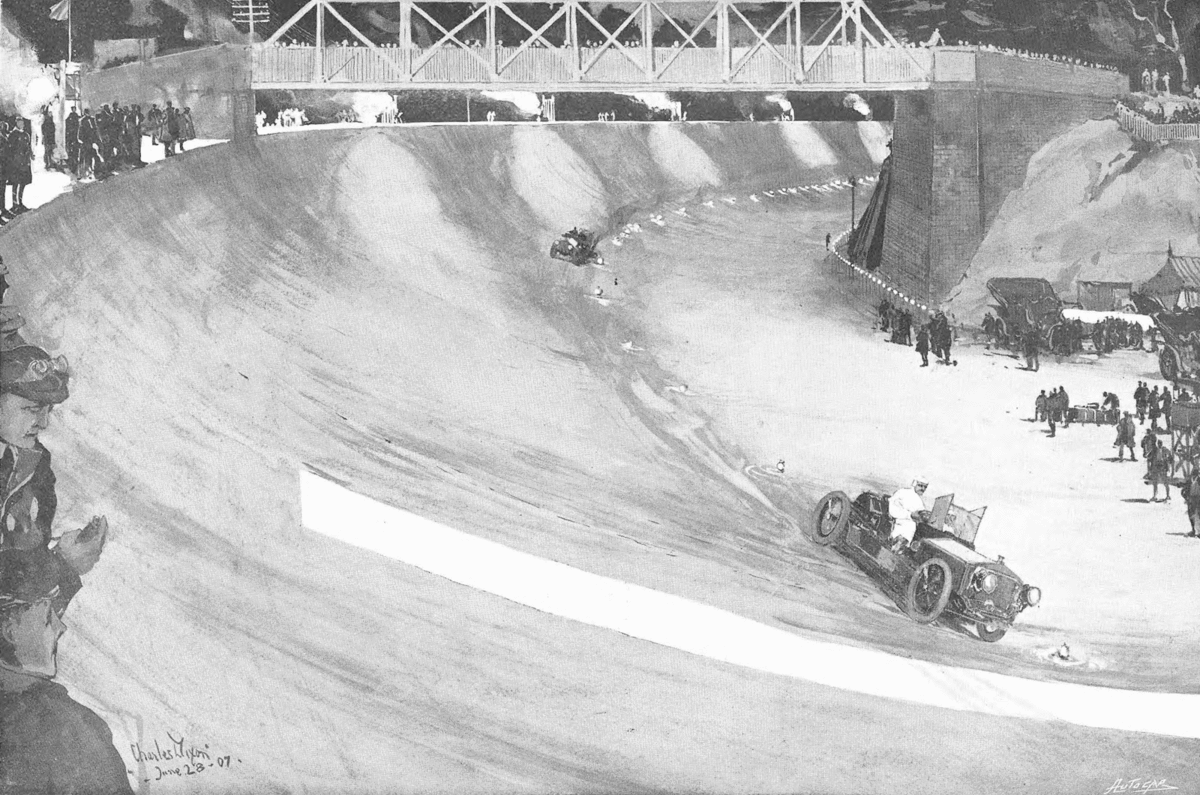
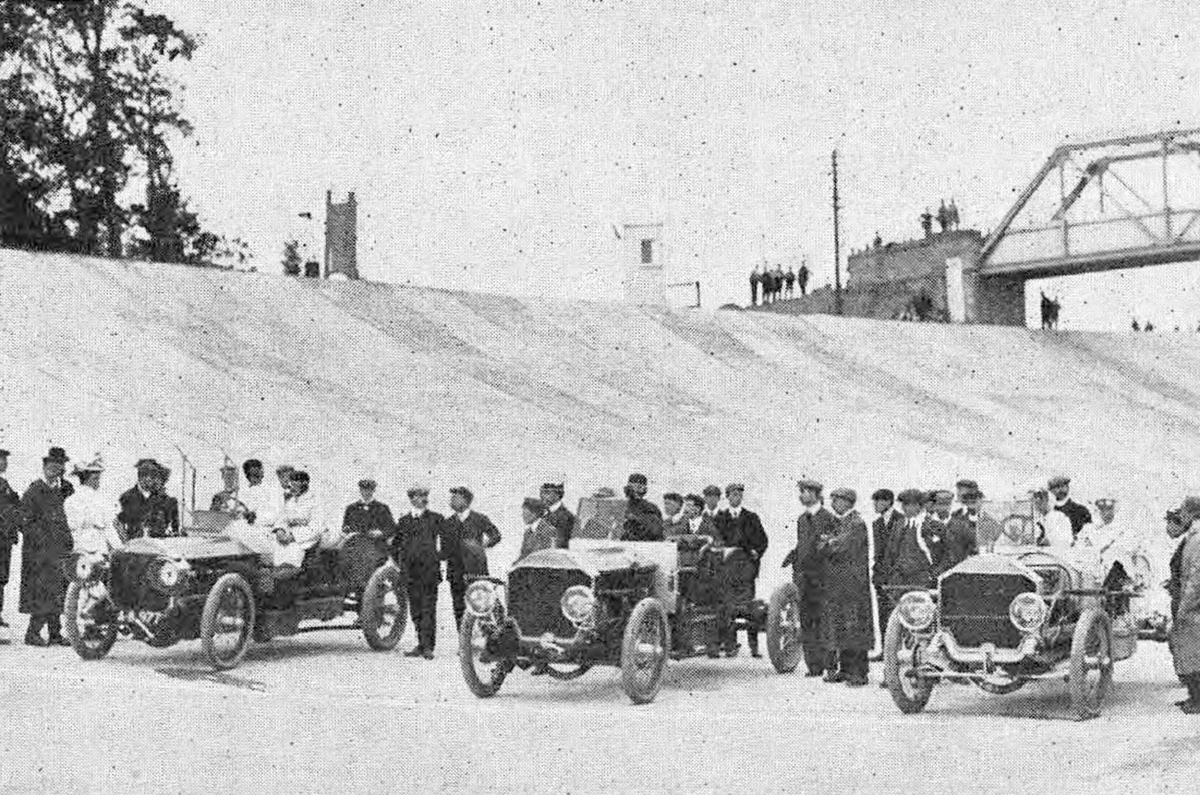
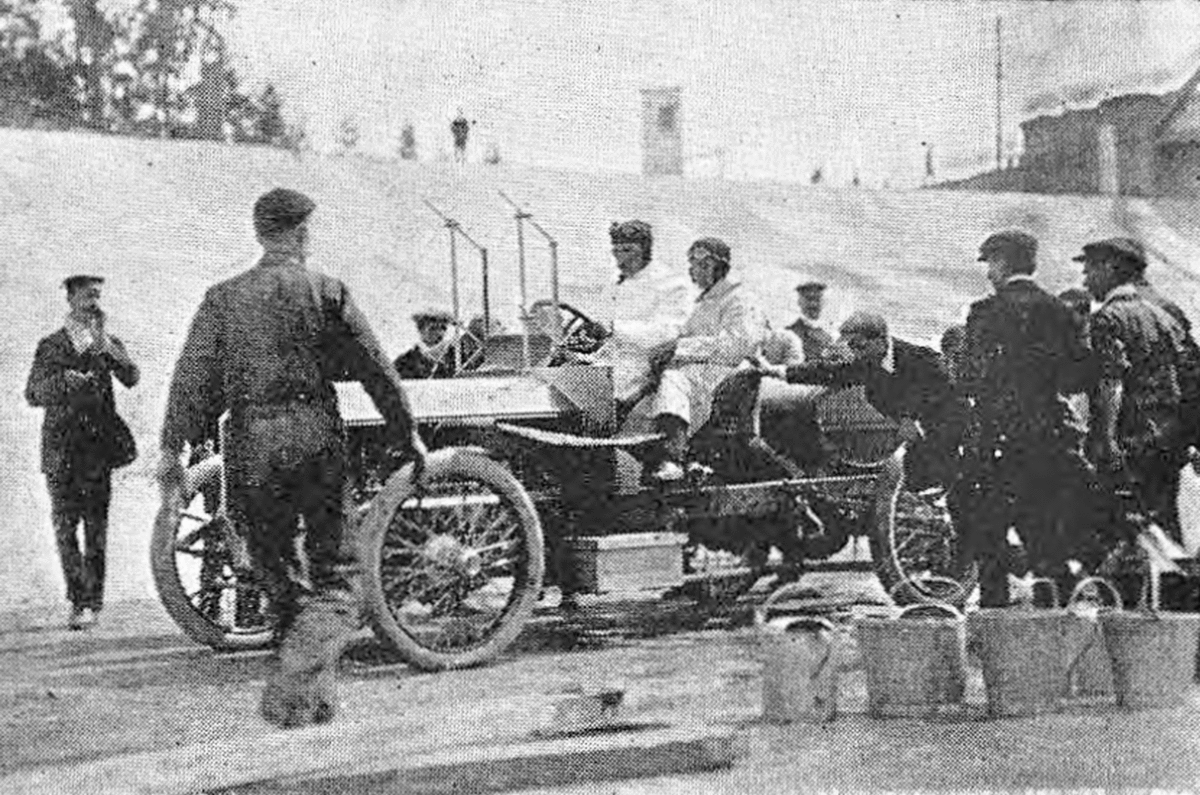
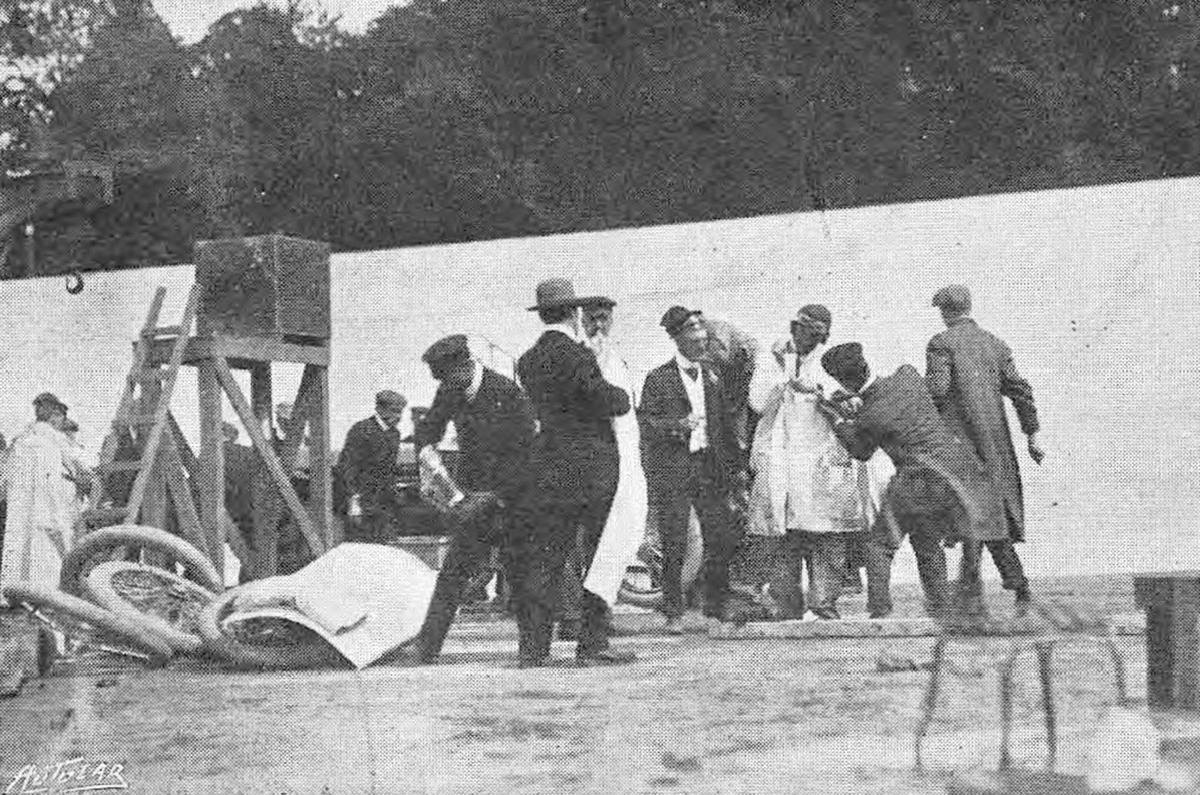
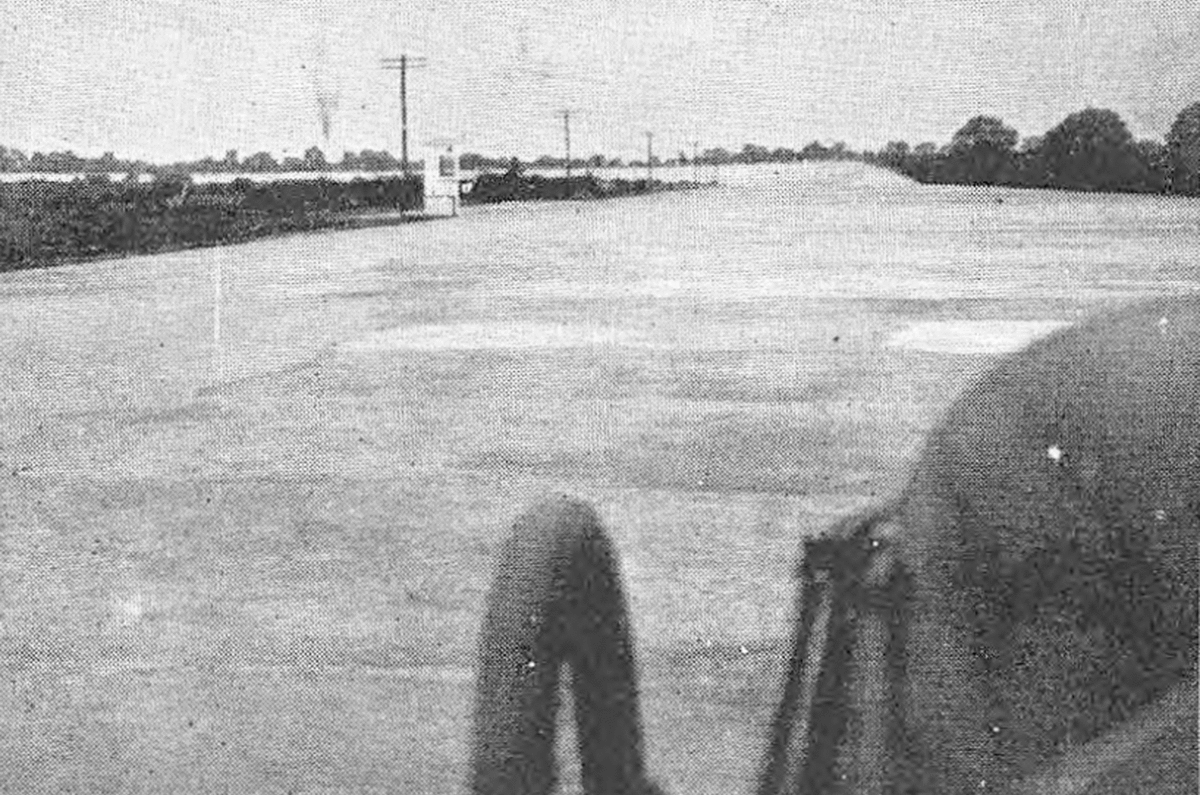
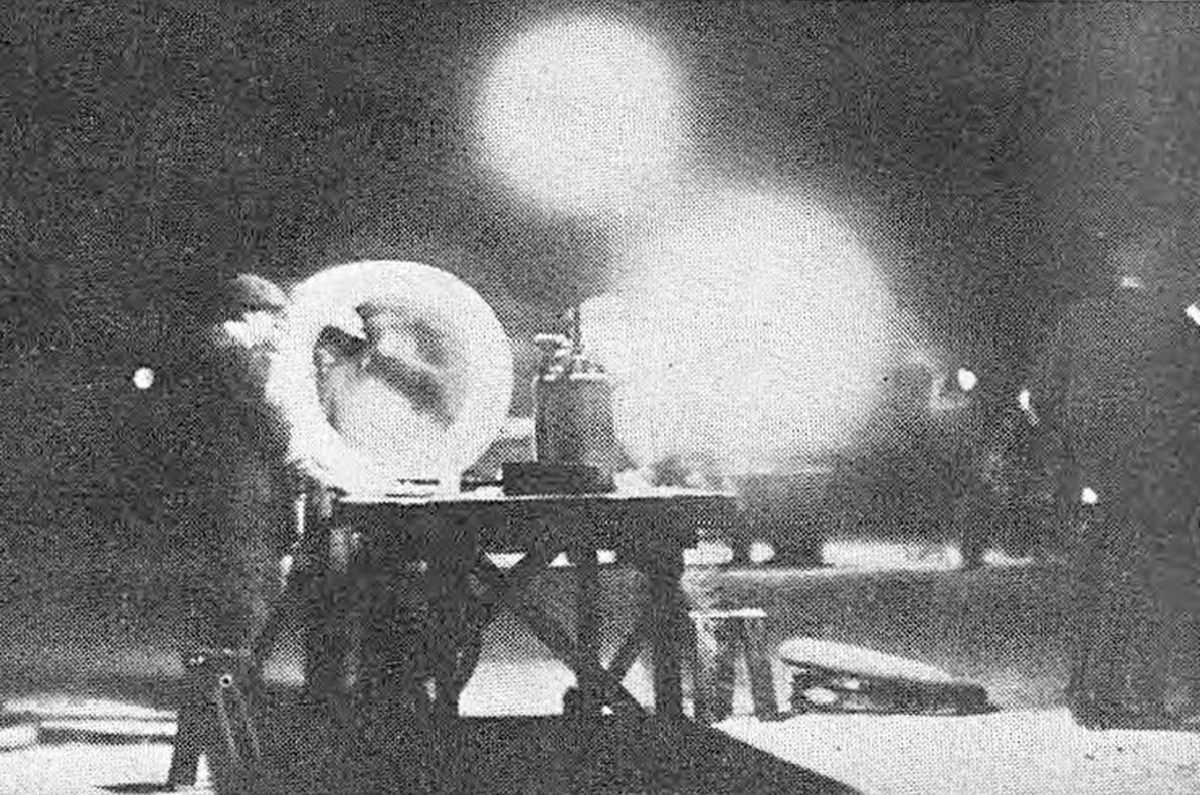
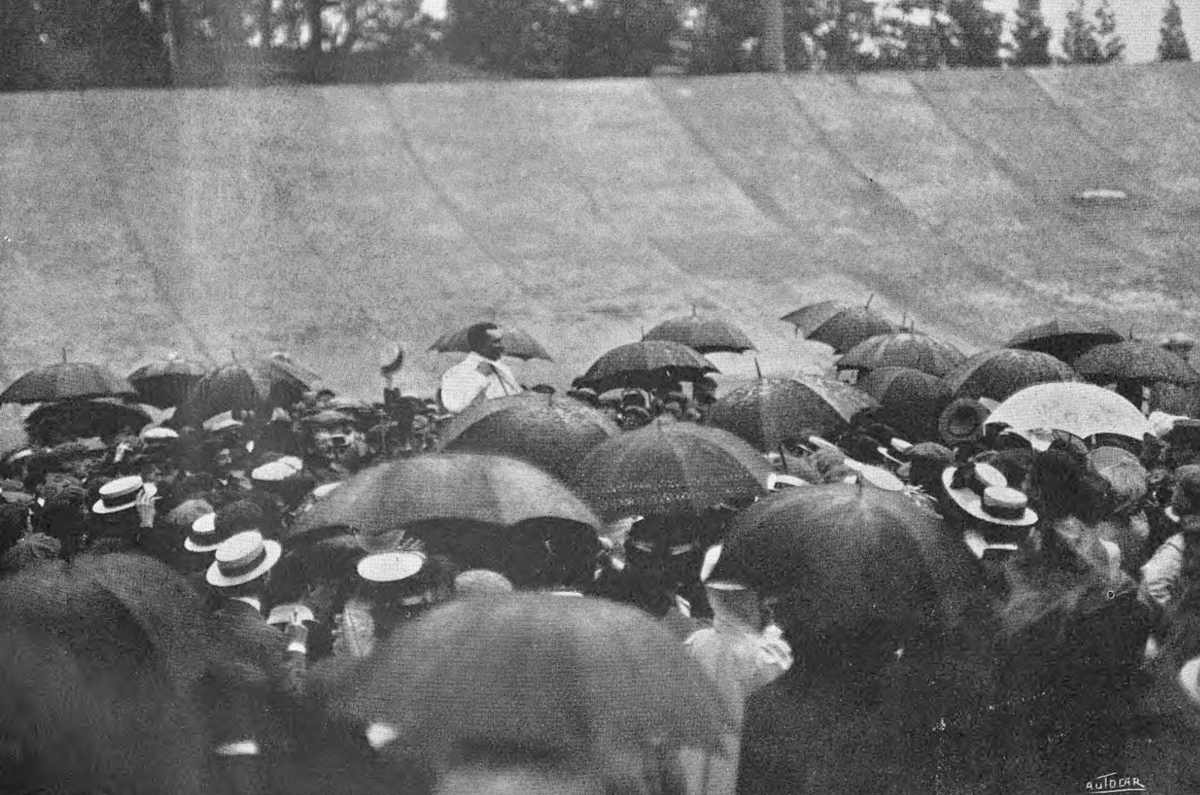
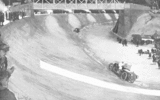
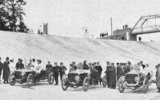
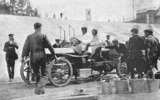


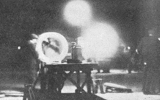
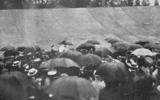


Add your comment